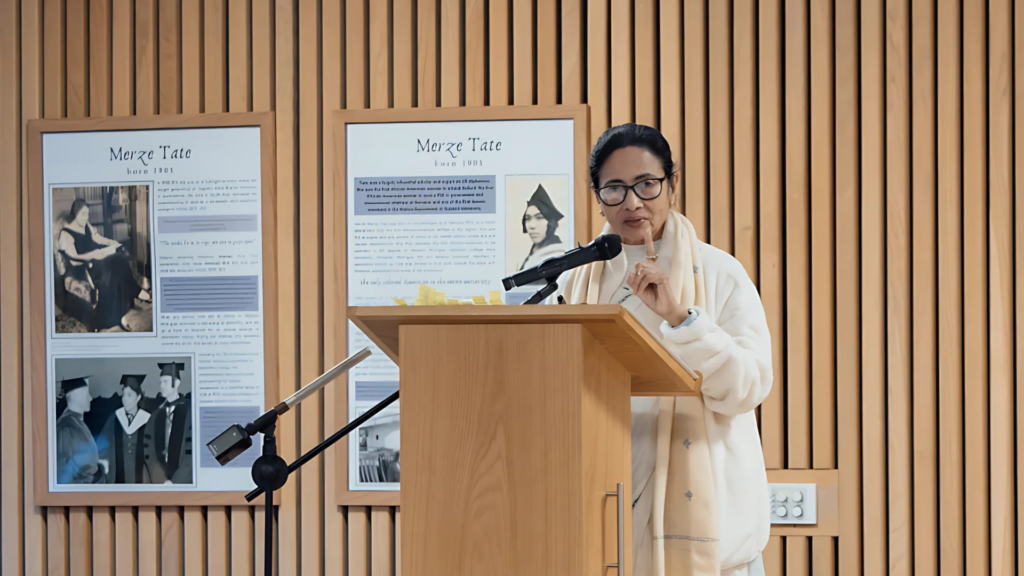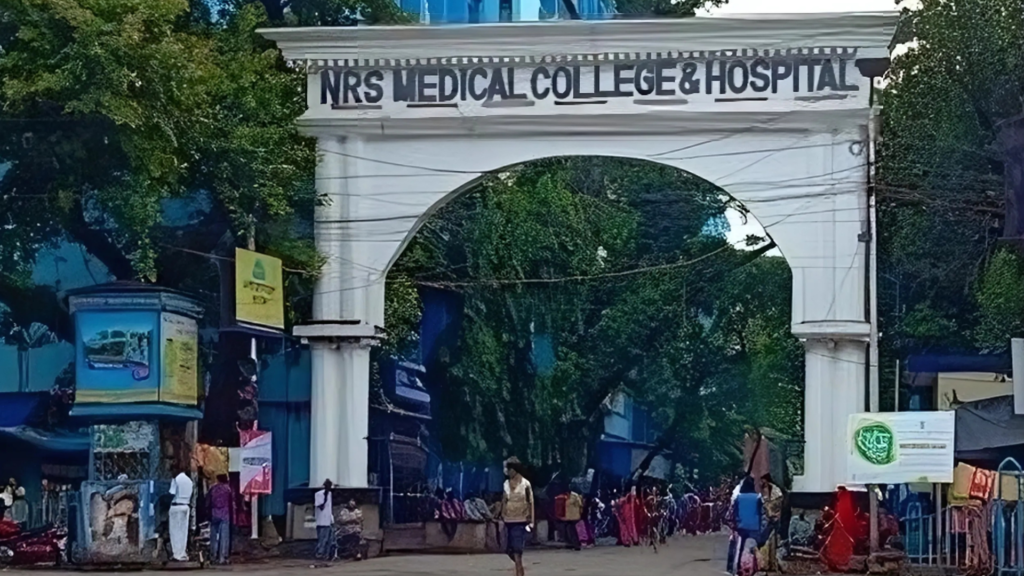GBS claims 3 in Bengal; Symptoms, causes, diagnosis & treatment
January 30, 2025 3 min read

Three people in Kolkata have succumbed to the latest dreaded disease to hit India, Guillain-Barre Syndrome (GBS), according to Bengal Health Department sources.
A 10-year-old died on Sunday and a 17-year-old on Monday, while the the third victim is a 48-year-old man who died on Wednesday. While all the three died in hospitals in Kolkata, none hail from the city.
While GBS most often affects adults older than 50, it can affect anyone of any gender or age, and the victims in Bengal till now have mostly been young people.
Maharashtra and Bengal are the states majorly affected by BGS till now. As of January 30, Maharashtra’s Public Health Department has recorded 127 cases, among whom 20 patients are on ventilator support. This week, a 40-year-old man from Solapur and a 56-year-old woman succumbed to the disease, the latter while undergoing treatment at Pune’s Sassoon General Hospital.
In Maharashtra, Puna and its surrounding regions are majorly affected. Data from the Maharashtra Health Department shows that 23 patients are from Pune Municipal Corporation (PMC) areas and 73 from newly integrated villages under PMC limits.
The 10-year-old child who died in Kolkata hailed from Jagaddal of North 24-Parganas district, who was undergoing treatment at the Dr BC Roy Post Graduate Institute of Paediatric Sciences, popularly known as Dr BC Roy Children’s Hospital, for a week. He died on Sunday, January 26, though the report emerged on Wednesday.
The 17-year-old youth also hailed from North 24-Parganas district, from Amdanga. He died at the NRS Medical College and Hospital on Monday, January 27 morning of septic shock and myocarditis, with doctors suspecting GBS being the underlying condition.
The third death is that of a 48-year-old man from Dhaniakhali in Hooghly district who had been admitted to Kolkata Medical College after a local doctor in Dhaniakhali suspected him to be sufferign from GBS. He died on Wednesday, January 29.
According to sources at Dr BC Roy Children’s Hospital, two more children were being treated for GBS—one from Malda and another from Baduria (North 24-Parganas).
Symptoms
Pronounced ‘gee-YAH-buh-RAY’, Guillain-Barre Syndrome is a type of rare neurodegenerative autoimmune disease in which the body’s immune system attacks the peripheral nerves in the nervous system. This leads to symptoms like numbness, tingling and muscle weakness that can progress to paralysis.
The other symptoms are deep muscular pain in the back and/or legs, paralysis of legs, arms and/or facial muscles (near-total paralysis in severe cases), chest muscle weakness (leading to difficulty in breathing), difficulty in speaking and swallowing (dysphagia), difficulty moving eyes and other vision issues, cardiac arrhythmia, unstable blood pressure, digestion issues (including loose motion) and bladder control issues like urinary retention.
Causes
Campylobacter jejuni, a bacteria which causes gastroenteritis (including symptoms of nausea, vomiting and diarrhoea), and most often spread through contaminated water, is one of the most common risk factors for this immnological nerve disorder. People can also develop GBS after having the flu or other viral infections including cytomegalovirus, Epstein-Barr virus and Zika virus.
Diagnosis
Diagnosis is based on symptoms and findings on neurological examination including diminished or loss of deep-tendon reflexes. A lumbar puncture or electromyography (EMG), or blood tests may be done for supportive information, but they should not delay treatment. Anyone suspected to have contracted GBS must be closely monitored for respiratory difficulty.
Treatment
Importantly, unlike most autoimmune conditions, GBS is not chronic (that is, lifelong). With treatment, most people fully recover from the condition. But it is a serious condition that requires immediate hospitalisation because it can worsen quickly. The sooner treatment is started, the better the chance of a complete recovery.
According to the website of USA’s National Institute of Neurological Diseases and Stroke, two treatments are commonly used to interrupt immune-related nerve damage, both of which are equally effective if started within two weeks of the symptoms—plasma exchange (PE) and intravenous immunoglobulin therapy (IVIg).





































